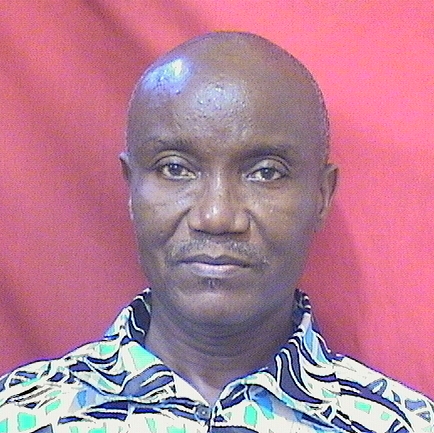Electromagnetic Method and Vertical Electrical Sounding For Groundwater Potential Assessment of Kintampo North Municipality of Ghana
ABSTRACT
Electromagnetic (EM) profiling and Vertical Electrical Sounding (VES) of electrical resistivity method have been employed to explore for groundwater in the Kintampo-North Municipality in the Brong Ahafo Region of Ghana. The EM profiling data were obtained with GEONICS EM 34-3 equipment at 20 m intervals along 20 profiles of length ranging between 70 to 240 m to determine conductive anomalous zones for further investigation within the unconsolidated overburden and/or water-bearing fissures in the bedrock. Subsequently, using the ABEM Terrameter, VES employing the Schlumberger electrode configuration was carried out at previously selected 53 promising anomalous points on the EM profiles. The modelled VES data using RES1DINV software revealed a number of subsurface layers and their corresponding apparent resistivity values and thicknesses. The results indicated that the EM terrain conductivity anomaly in the study area varied in the range 6-87 m mhos/m with the average and maximum apparent conductivity values of 48.5 and 76 m mhos/m respectively. The VES revealed three to four-layered lithological subsurface sequence, indicating decreasing apparent resistivity with depth. This depicted the general trend of ρ1< ρ2>> ρ3≤ ρ4, where ρ1, ρ2, ρ3 and ρ4 are the apparent resistivity of the layers 1, 2, 3 and 4 respectively. The results further showed that both the average apparent resistivity and thickness of layers 1, 2, 3 and 4 are respectively 368 ?m, 3.9 m; 435 ?m, 17 m; 50 ?m, 53.5 m and 332 ?m, >53.5 m. Thus aquifer zones were estimated to be located between 15-30 m depth. These layers were inferred to be the sandy-clay topsoil, weathered/fractured layer and the fresh bedrock. However, the weathered layer and the fractured basement constituted the aquifer zones across the study area within the Voltaian Sedimentary Basin, which is otherwise regarded as a difficult area in locating groundwater resources

